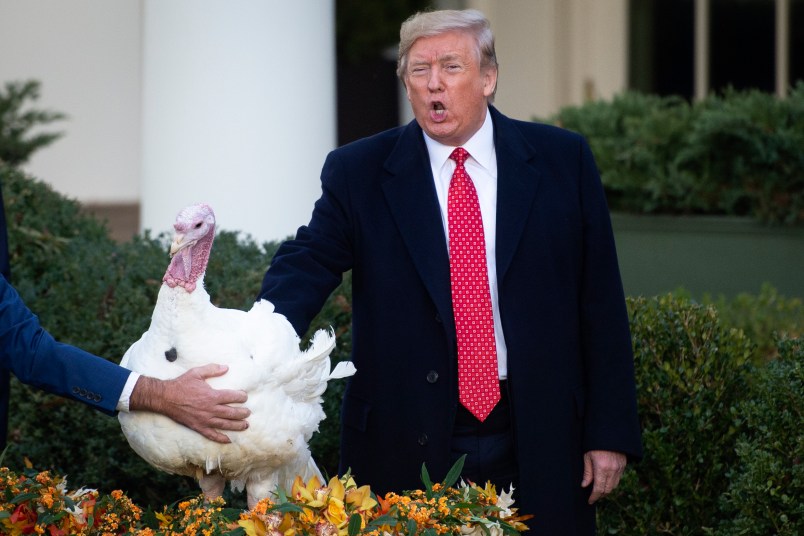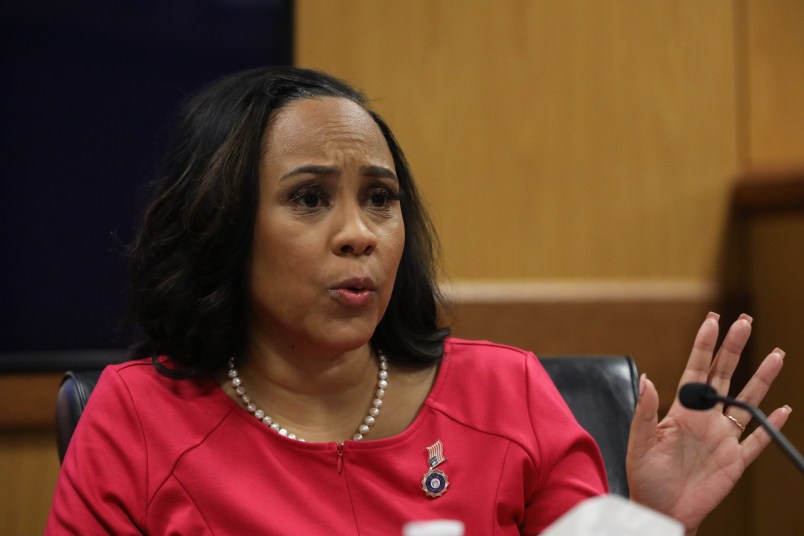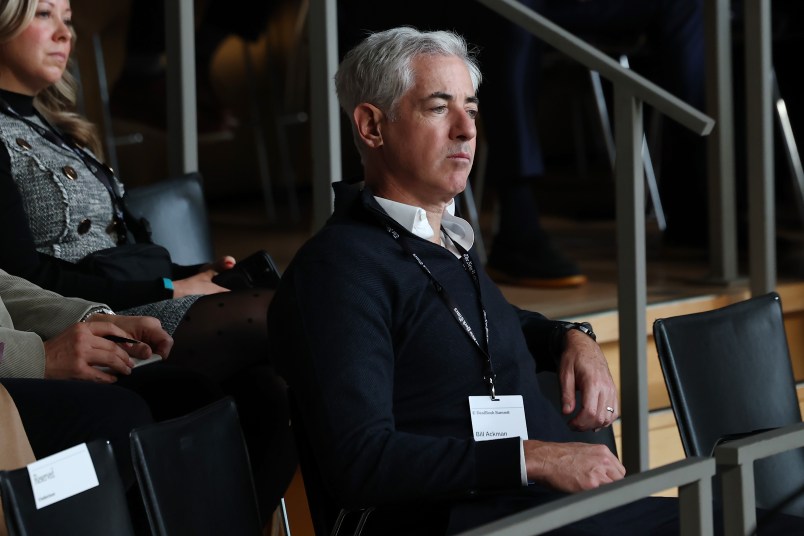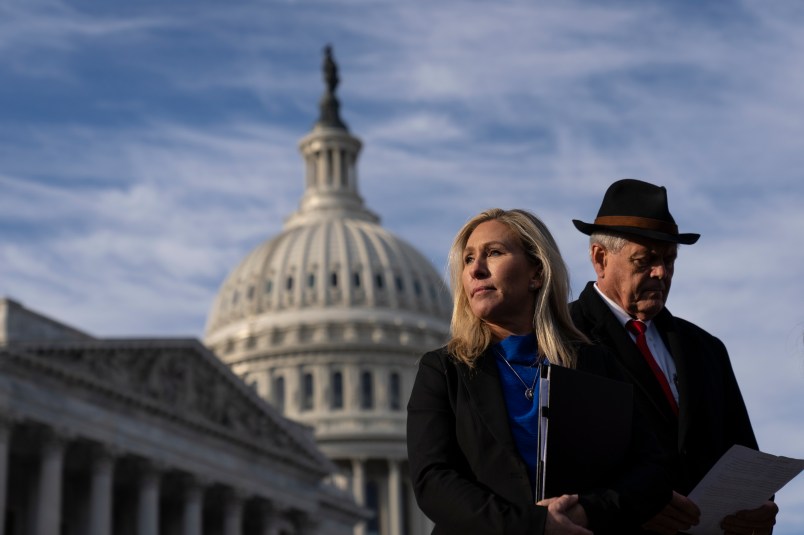HANOI, Vietnam (AP) — Vo Nguyen Giap, the brilliant and ruthless self-taught general who drove the French out of Vietnam to free it from colonial rule and later forced the Americans to abandon their grueling effort to save the country from communism, has died. At age 102, he was the last of Vietnam’s old-guard revolutionaries.
Giap died Friday evening in a military hospital in the capital of Hanoi where he had spent close to four years growing weaker and suffering from long illnesses, a government official and a person close to Giap said. Both spoke on condition of anonymity because his death had not been formally announced.
The was no word of the death in state-controlled media late Friday, but the news had spread widely in Facebook and other social media.
Giap was a national hero whose legacy was second only to that of his mentor, founding President Ho Chi Minh, who led the country to independence.
The so-called “red Napoleon” stood out as the leader of a ragtag army of guerrillas who wore sandals made of car tires and lugged their artillery piece by piece over mountains to encircle and crush the French army at Dien Bien Phu in 1954. The unlikely victory, which is still studied at military schools, led not only to Vietnam’s independence but hastened the collapse of colonialism across Indochina and beyond.
Giap went on to defeat the U.S.-backed South Vietnam government in April 1975, reuniting a country that had been split into communist and noncommunist states. He regularly accepted heavy combat losses to achieve his goals.
“No other wars for national liberation were as fierce or caused as many losses as this war,” Giap told The Associated Press in 2005 in one of his last known interviews with foreign media on the eve of the 30th anniversary of the fall of Saigon, the former South Vietnamese capital.
“But we still fought because for Vietnam, nothing is more precious than independence and freedom,” he said, repeating a famous quote by Ho Chi Minh.
Giap remained sharp and well-versed in politics and current events until he was hospitalized. Well into his 90s, he entertained world leaders, who posed for photographs and received autographed copies of his books while visiting the general’s shady colonial-style home in Hanoi.
Although he was widely revered in Vietnam, Giap was the nemesis of millions of South Vietnamese who fought alongside U.S. troops and fled their homeland after the war, including the many staunchly anti-communist refugees who settled in the United States.
Born Aug. 25, 1911, in central Vietnam’s Quang Binh province, Giap became active in politics in the 1920s and worked as a journalist before joining the Indochinese Communist Party. He was jailed briefly in 1930 for leading anti-French protests and later earned a law degree from Hanoi University.
He fled French police in 1940 and met Ho Chi Minh in southwestern China before returning to rural northern Vietnam to recruit guerrillas for the Viet Minh, a forerunner to the southern insurgency later known as the Viet Cong.
During his time abroad, his wife was arrested by the French and died in prison. He later remarried and had five children.
In 1944, Ho Chi Minh called on Giap to organize and lead guerrilla forces against Japanese invaders during World War II. After Japan surrendered to Allied forces the following year, the Viet Minh continued their fight for independence from France.
Giap was known for his fiery temper and as a merciless strategist, but also for being a bit of a dandy: Old photos show him reviewing his troops in a white suit and snappy tie, in sharp contrast to Ho Chi Minh, clad in shorts and sandals.
Giap never received any formal military training, joking that he attended the military academy “of the bush.”
At Dien Bien Phu, his Viet Minh army surprised elite French forces by surrounding them. Digging miles (kilometers) of trenches, the Vietnamese dragged heavy artillery over steep mountains and slowly closed in during the bloody, 56-day battle that ended with French surrender on May 7, 1954.
“If a nation is determined to stand up, it is very strong,” Giap told foreign journalists in 2004 prior to the battle’s 50th anniversary. “We are very proud that Vietnam was the first colony that could stand up and gain independence on its own.”
It was the final act that led to French withdrawal and the Geneva Accords that partitioned Vietnam into north and south in 1956. It paved the way for war against Saigon and its U.S. sponsors less than a decade later.
The general drew on his Dien Bien Phu experience to create the Ho Chi Minh Trail, a clandestine jungle network that snaked through neighboring — and ostensibly neutral — Laos and Cambodia, to supply his troops fighting on southern battlefields.
Against American forces with their sophisticated weapons and B-52 bombers, Giap’s forces again prevailed. But more than a million of his troops perished in what is known in Vietnam as the “American War.”
“We had to use the small against the big; backward weapons to defeat modern weapons,” Giap said. “At the end, it was the human factor that determined the victory.”
Historian Stanley Karnow, who interviewed Giap in Hanoi in 1990, quoted him as saying: “We were not strong enough to drive out a half million American troops, but that wasn’t our aim. Our intention was to break the will of the American government to continue the war.”
Giap had been largely credited with devising the 1968 Tet Offensive, a series of surprise attacks on American strongholds in the south by Viet Cong and North Vietnamese forces that came during lunar new year celebrations. Newer research, however, suggests that Giap had been against the attacks, and his family has confirmed that he was out of the country when they began.
The Tet Offensive shook America’s confidence, fueled anti-war sentiment and prompted U.S. President Lyndon B. Johnson to announce that he would not seek re-election. But it took another seven years for the war to be won.
On April 30, 1975, communist forces marched through Saigon with tanks, bulldozing the gates of what was then known as Independence Palace.
“With the victory of April 30, slaves became free men,” Giap said. “It was an unbelievable story.”
It came at a price for all sides: the deaths of as many as 3 million communists and civilians, an estimated 250,000 South Vietnamese troops and 58,000 Americans.
Throughout most of the war years, Giap served as defense minister, armed forces commander and a senior member of Vietnam’s ruling Communist Party, but he was slowly elbowed from the center of power after Ho Chi Minh’s death in 1969. The glory for victory in 1975 went not to Giap, but to Gen. Van Tien Dung, chief of the general staff.
Giap lost the defense portfolio in 1979 and was dropped from the all-powerful Politburo three years later. He stepped down from his last post, as deputy prime minister, in 1991.
But despite losing favor with the government, the thin, white-haired man became even more beloved by the Vietnamese people as he continued to speak out in his old age. He retired in Hanoi as a national treasure, writing his memoirs and attending national events — always wearing green or eggshell-colored military uniforms with gold stars across the shoulders.
He held press conferences, reading from handwritten notes and sometimes answering questions in French, to commemorate war anniversaries. He invited foreign journalists to his home for meetings with high-profile visitors and often greeted a longtime American female AP correspondent in Hanoi with kisses on both cheeks.
He kept up with world news and offered a piece of advice in 2004 for Americans fighting in Iraq.
“Any forces that wish to impose their will on other nations will certainly face failure,” he told reporters.
Giap received a parade of foreign dignitaries, including friend and fellow communist revolutionary Fidel Castro of Cuba. In 2003, the pair sat in Giap’s home chatting and laughing beneath a portrait of former Soviet leader Vladimir Lenin.
The general’s former nemesis, U.S. Defense Secretary Robert McNamara, came to visit in 1995. He asked about a disputed chapter of the Vietnam War, the 1964 Gulf of Tonkin incident in which two U.S. Navy destroyers were purportedly fired upon by North Vietnamese boats. It’s the event that gave the U.S. Congress justification for escalating the war.
Later, many questioned whether the attack actually occurred. During his visit, McNamara asked Giap what happened that night.
“Absolutely nothing,” Giap said.
At age 97, Giap took a high-profile role in a debate over the proposed expansion of a bauxite mine that he said posed environmental and security risks, in part because it was to be operated by a Chinese company in the restive Central Highlands. He also protested the demolition of Hanoi’s historic parliament house, Ba Dinh Hall. Both projects, however, went ahead as planned.
Giap celebrated his 100th birthday in 2011. He was too weak and ill to speak, but he signed a card thanking his “comrades” for their outpouring of well wishes. And even then, he continued to be briefed every few days about international and national events, said Col. Nguyen Huyen, Giap’s personal secretary for 35 years.
Late in life, Giap encouraged warmer relations between Vietnam and the United States, which re-established ties in 1995 and have become close trading partners. Vietnam has also recently looked to the U.S. military as a way to balance China’s growing power in the disputed South China Sea.
“We can put the past behind,” Giap said in 2000. “But we cannot completely forget it.”
___
Mason, who reported from Jakarta, Indonesia, covered Vietnam for the AP from 2003-2012 and met Giap on several occasions.
Copyright 2013 The Associated Press. All rights reserved. This material may not be published, broadcast, rewritten or redistributed.










